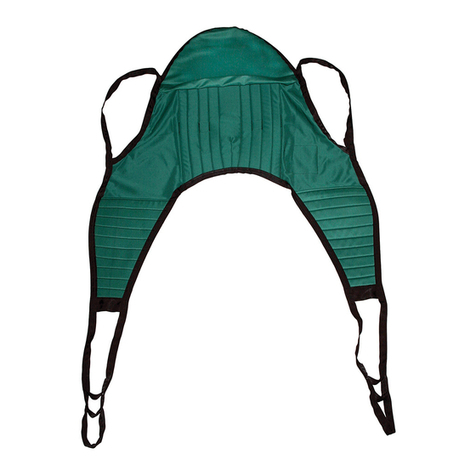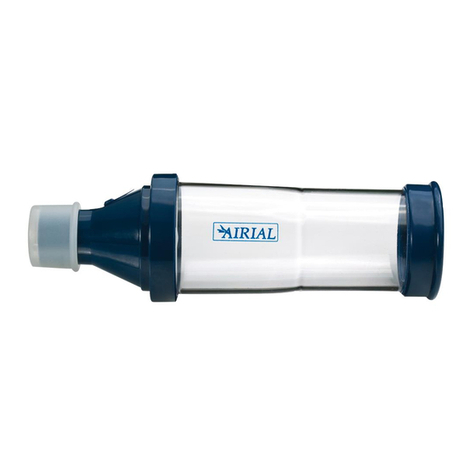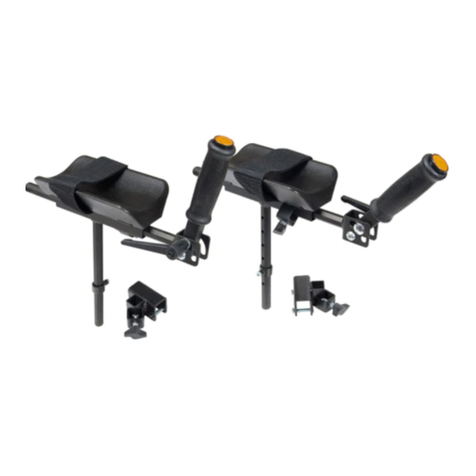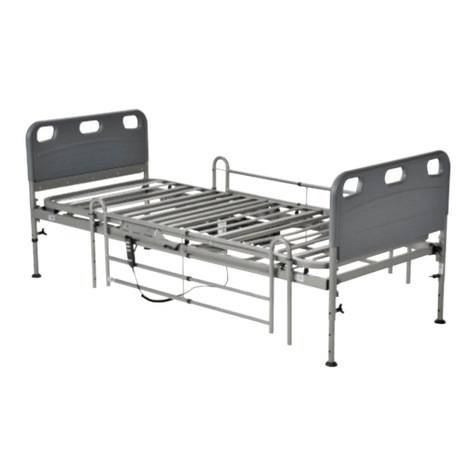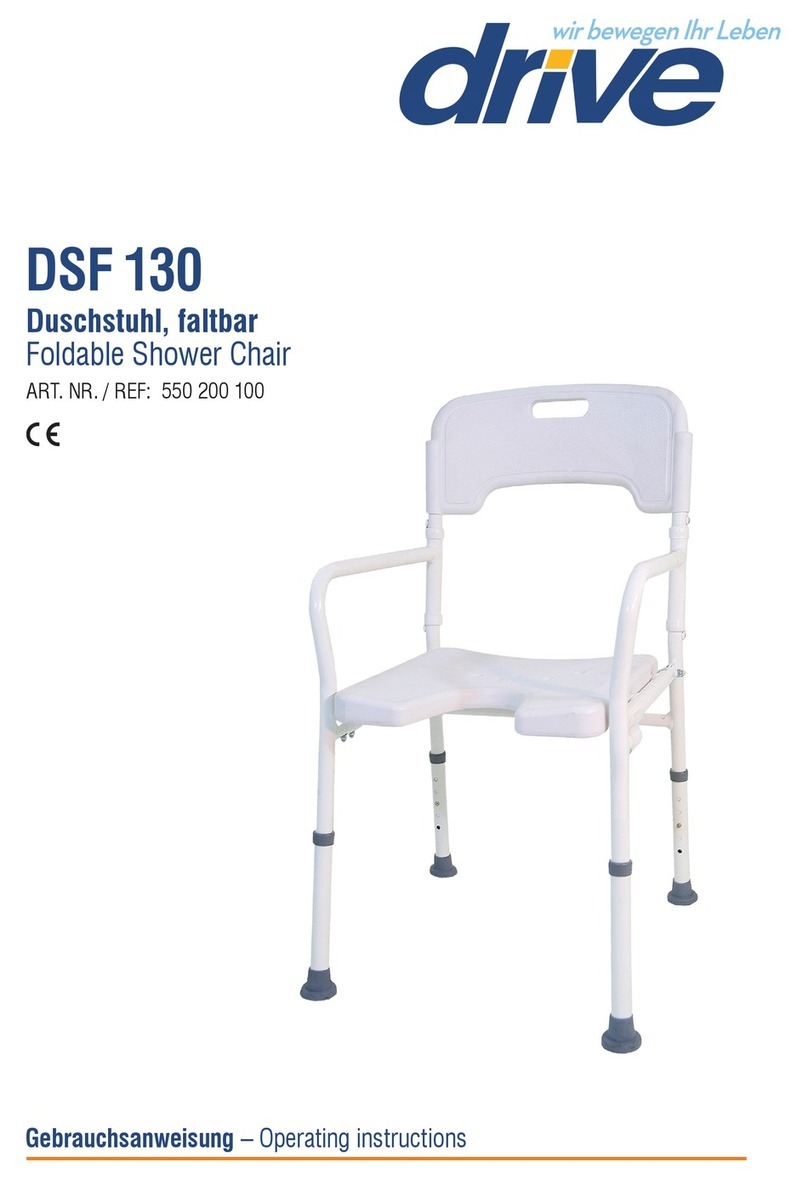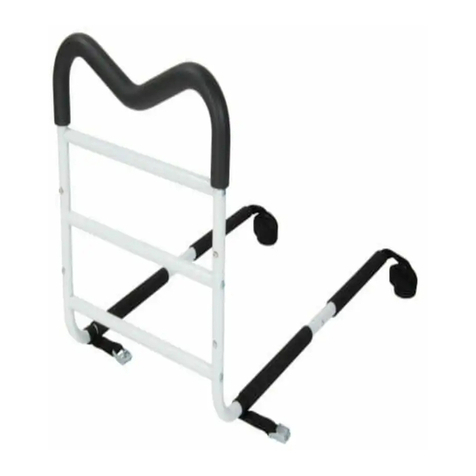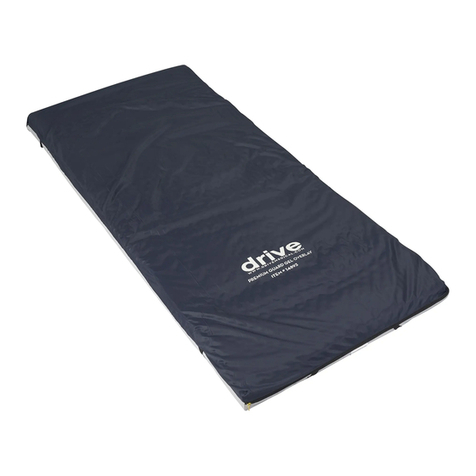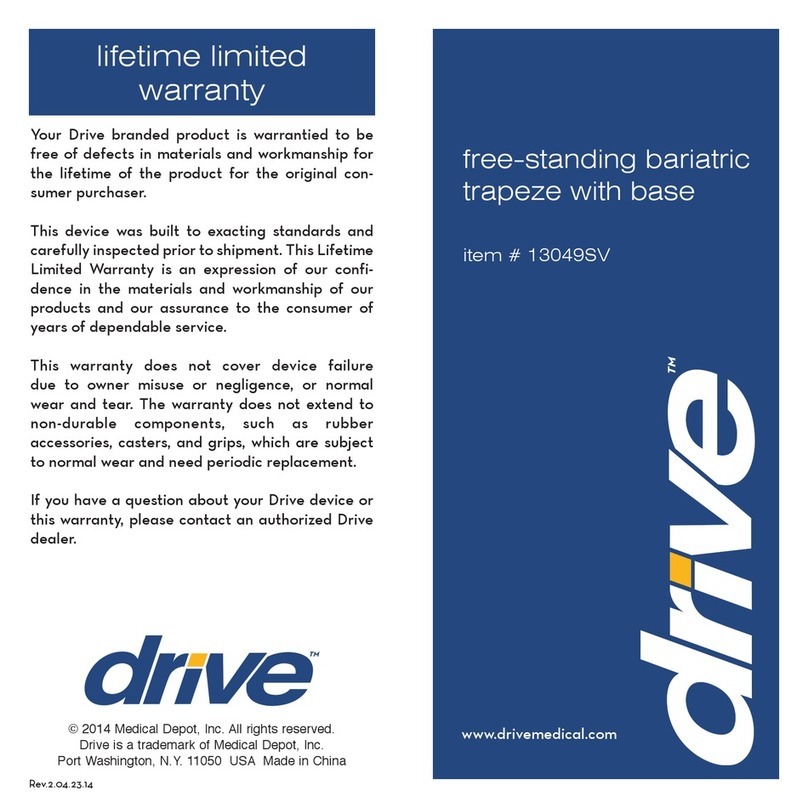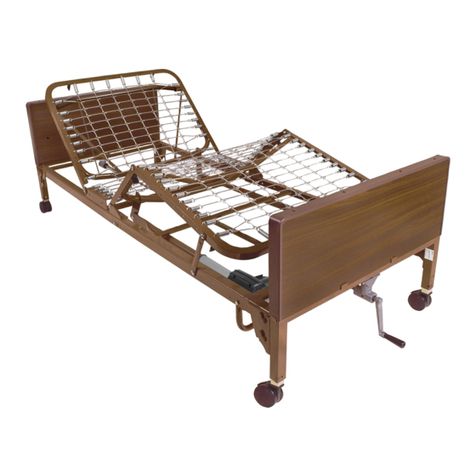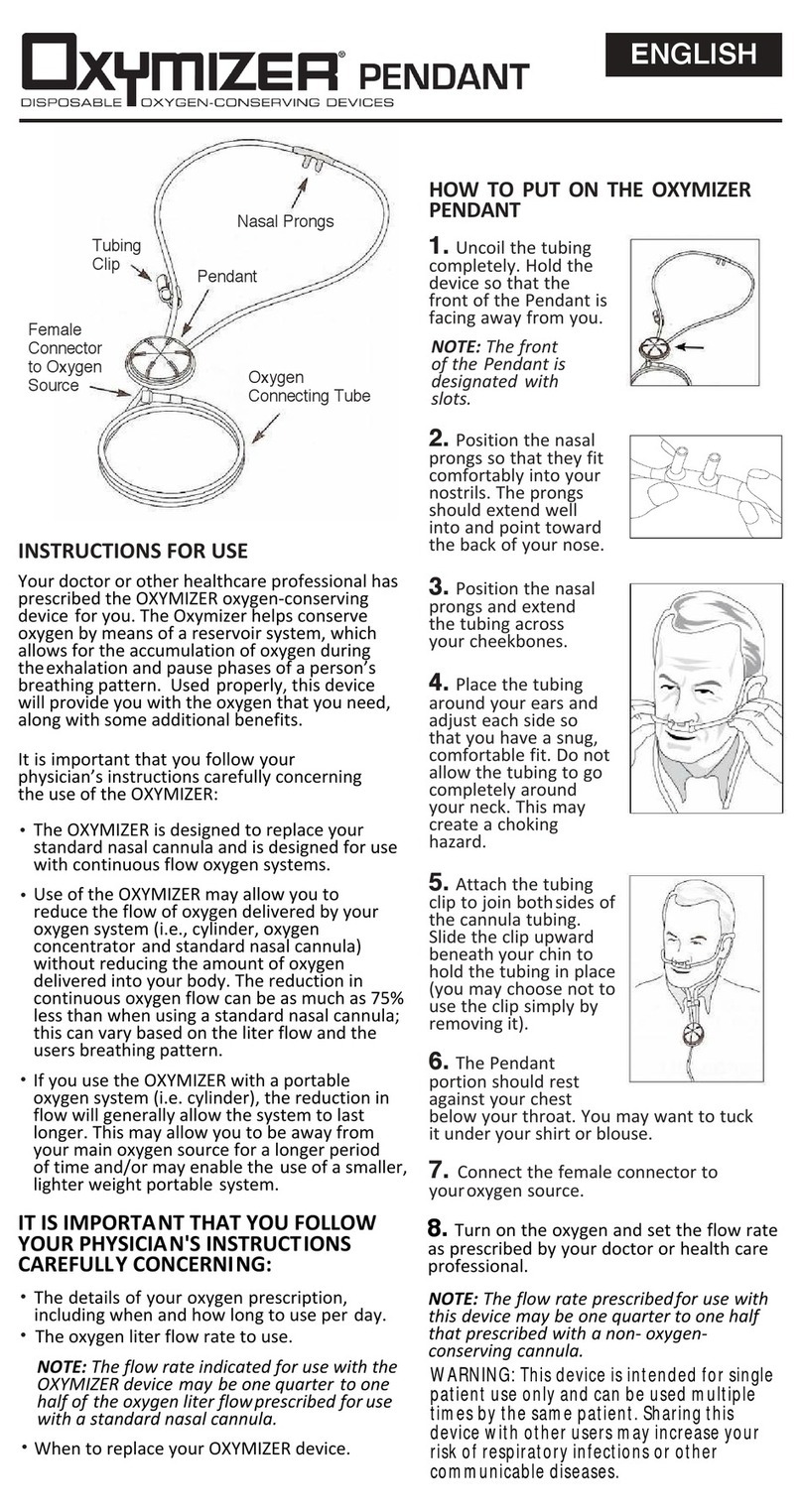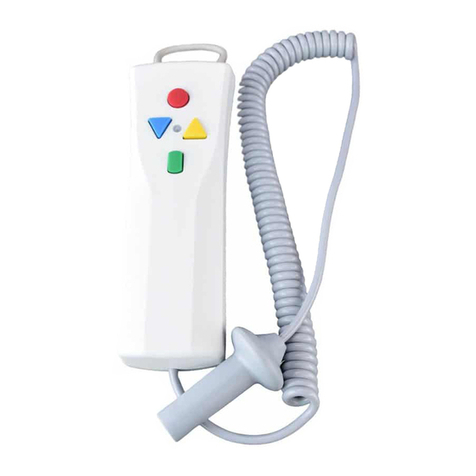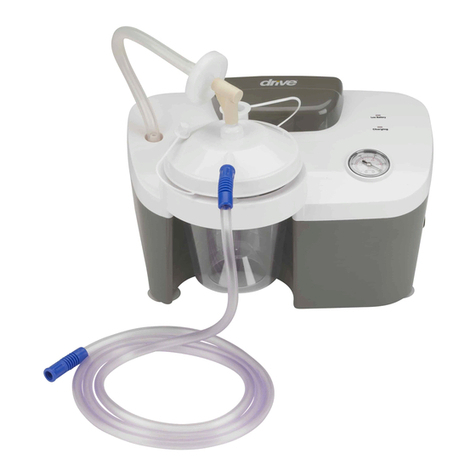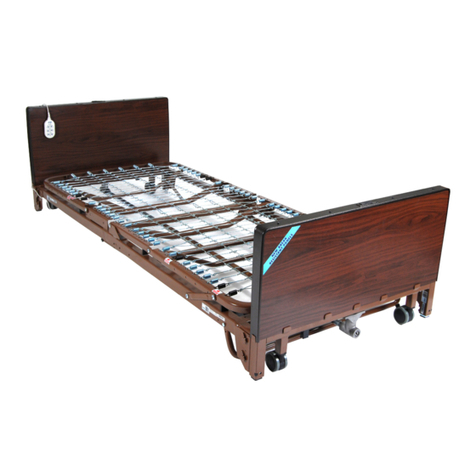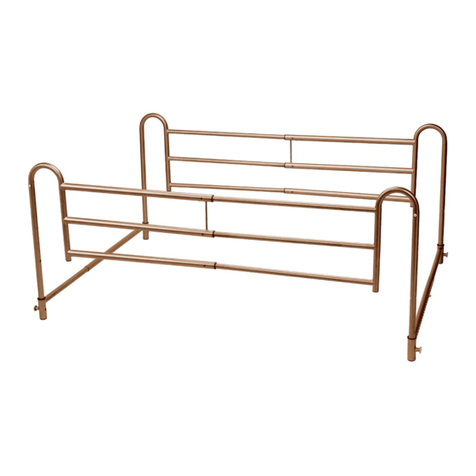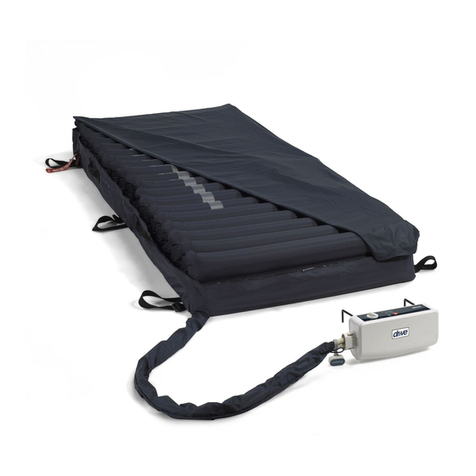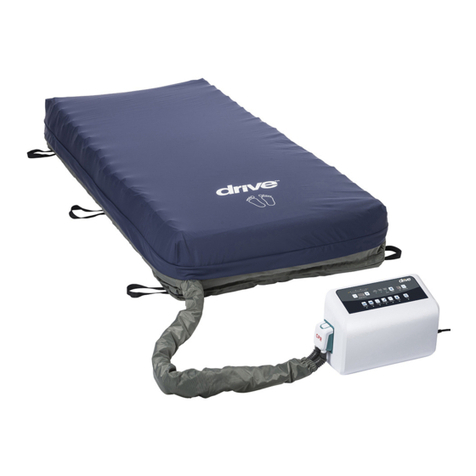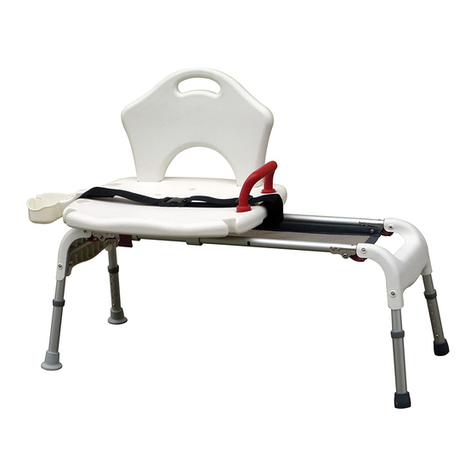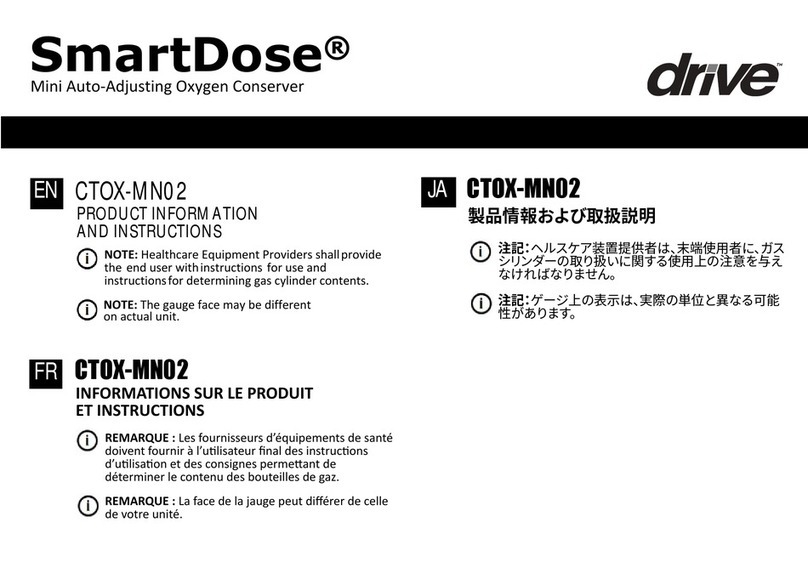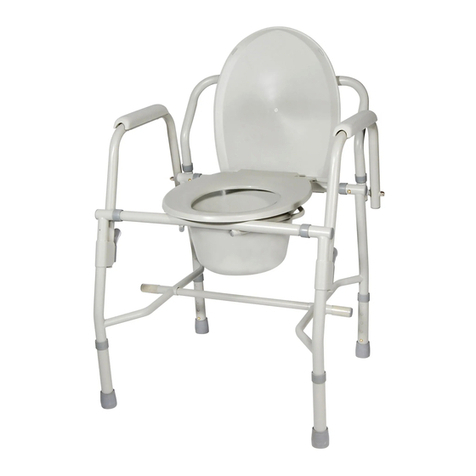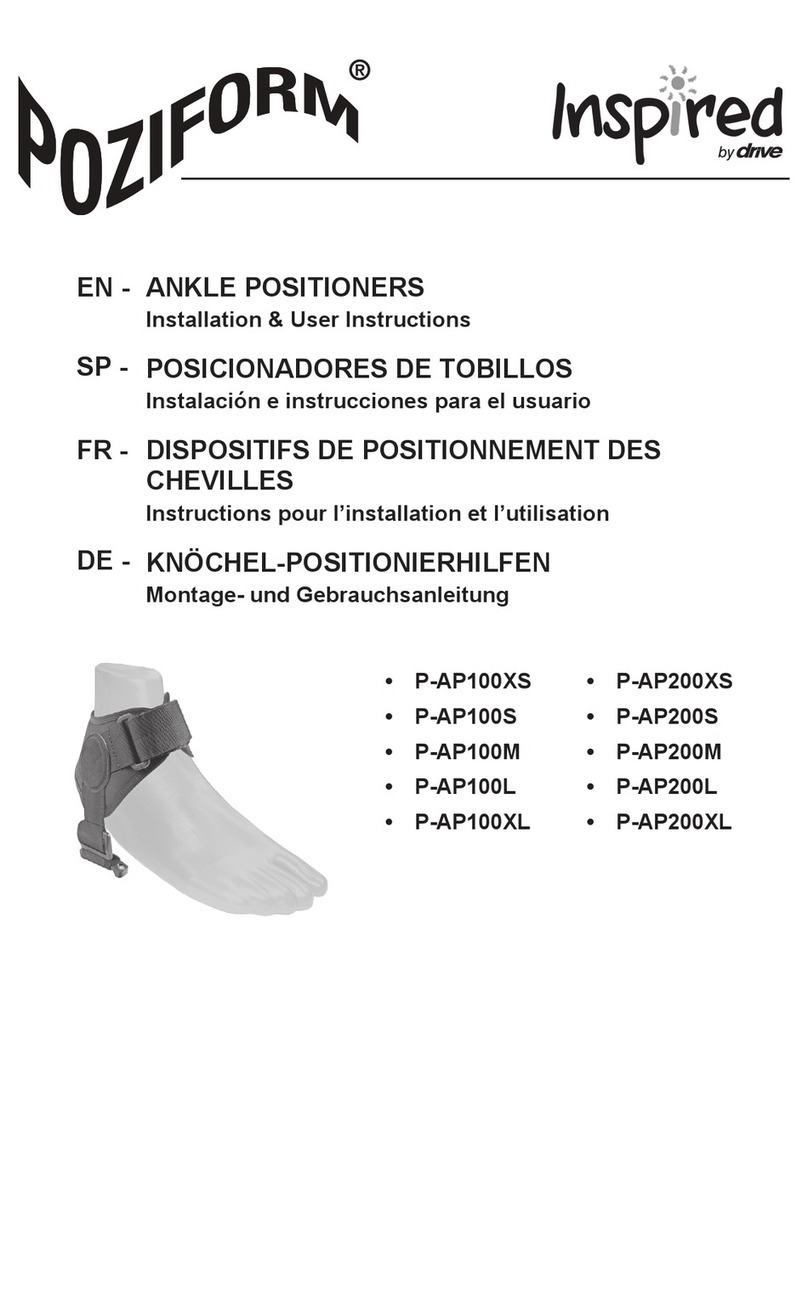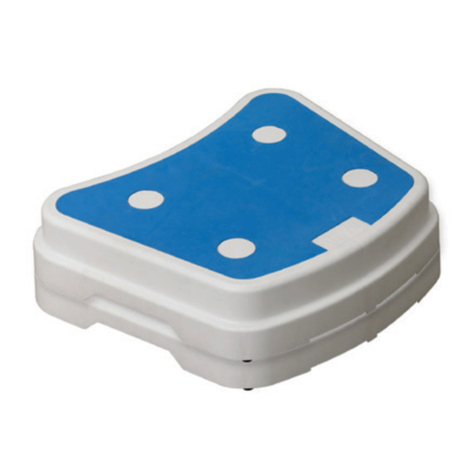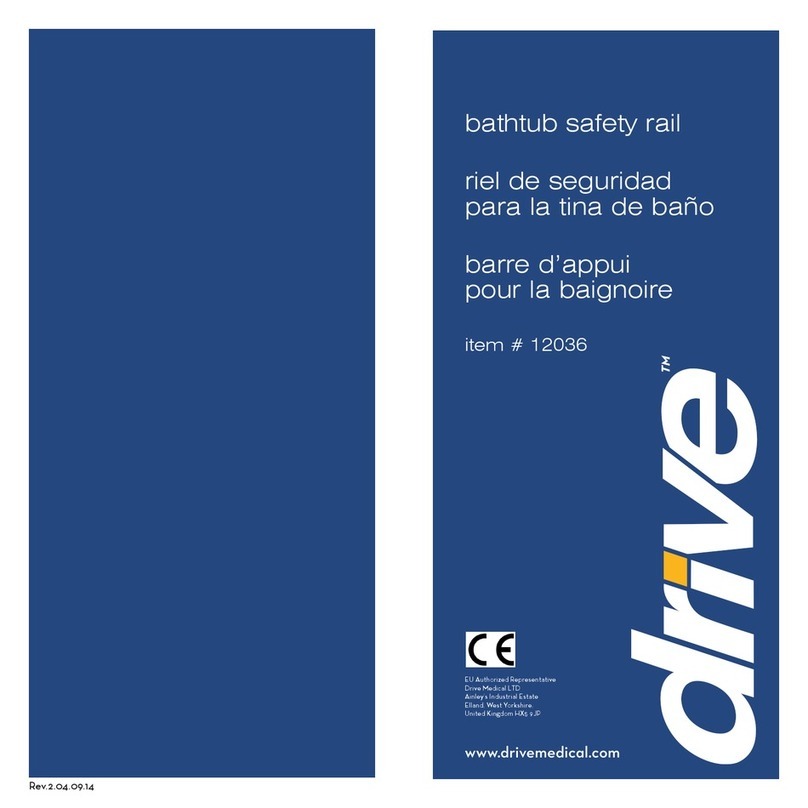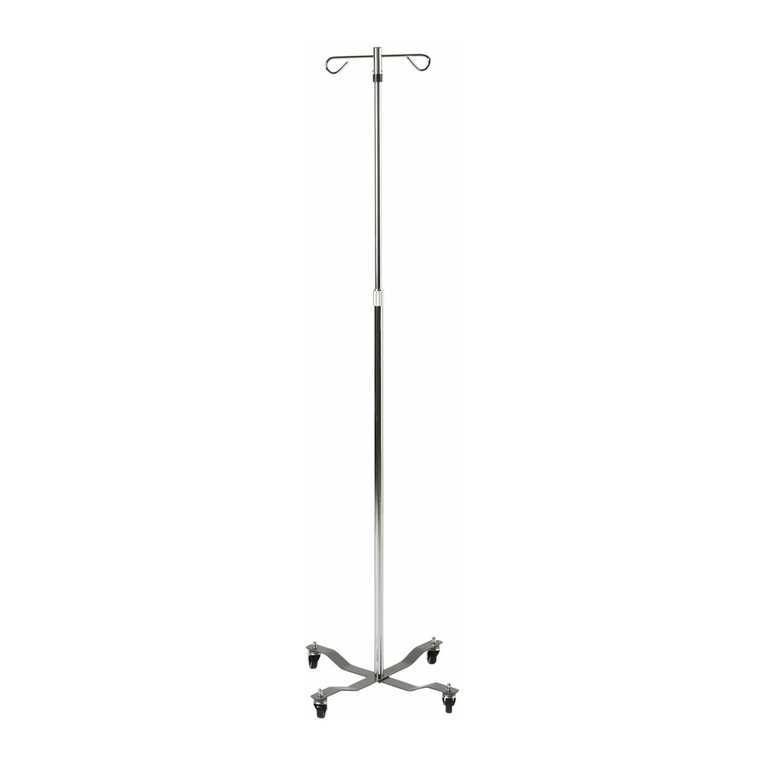
•
•
•
•
•
•
•
•
•
WARNING:Warning indicates a potentially
hazardous situation which, if not avoided, will
result in death or serious injury.
DANGER: Danger indicates an imminently
hazardous situation which, if not avoided,
will result in death or serious injury.
The oxygen delivery setting has been determined foreach
patient individually with the configuration of the
equipment to be used, including accessories.
If you feel discomfort or are experiencing a medical
emergency, seek medical assistance immediately to
avoid harm.
Geriatric or any other patient unable to communicate
discomfort may require additional monitoring to avoid
harm.
The settings of this device may not correspond with
continuous flow oxygen.
•
This device is not intended to be used during sleep or by
patients who breathe more than 40 breaths per minute or
consistently fail to trigger equipment.
Wind or strong drafts can adversely affect accurate
deliveryof oxygen therapy.
The use of oxygen requires a prescription
from a physician or other appropriately licensed
healthcare practitioner.
Avoid creation of any spark caused by any type of
friction, near oxygen equipment.
If you intend to smoke, you must always turn the
oxygen conserver off, remove the cannula and
leave the room where either the cannula or
oxygen conserver is located.
Never use aerosol sprays near the equipment.
•
•
Oxygen will not burn; however, it does vigorously
accelerate theburning of any flammable material.
•
•
Not suitable for use in the presence of flammable
anesthetic mixture with air, oxygen or nitrous
oxide.
Do not lubricate replaceable fittings, connections,
tubing or other accessories of the oxygen conserver
to avoid the risk of fire and burns.
Smoking during oxygen therapy is dangerous and is
likely to result in burns or death.Do not allow
smoking or open flames within the same room of
the oxygen conserver or any oxygen carrying
accessories.
Be sure to turn off the oxygen supply by setting theflow
control knob to "PULSE"when not in use.
Oxygen makes it easier for a fire to start and spread.
Do not leave the nasal cannula onbed coverings or
chair cushions. If the oxygen conserver is turned on
but not in use,the oxygen will vigorously accelerate
the burning of any flammable material. Turn the
oxygen conserver off when not in use.
or open flames.
Never use oil, grease or petroleum-based products
on or near the system to avoid the risk of fire and
burns. Wash and dry hands before operating oxygen
equipment. Use only water-based lotions orsalves.
Under certain circumstances, oxygen therapy can be
hazardous. Seek medical advice before using an
OM-900 electronic oxygen conserver.
Oxygen flow is only present when the flow indicator is
clicked into place. No oxygen will flow if the knob is
set between liter flow settings.
Use of this device at an altitude above 9,800 ft.or
an
outside
temperature of
104° F is expected to
adversely affect accurate delivery of oxygen
therapy.
There is a risk of fire associated with oxygen
equipment and therapy.Do not use near sparks




















